Even $4M Per Episode Couldn’t Save This 20-Year-Old Big HBO Hit That Broke Viewership Records

Even the most innovative projects sometimes meet a rather inglorious end.
HBO has brought viewers dozens of great series, but even within its vast library there are projects that have not received the recognition they deserve, either in their lifetime or after their demise.
In the early 1990s, Daniel Knauf came up with a story about what he felt was rarely captured by filmmakers: the traveling circus. The script required casting thousands of extras, creating huge sets, and using advanced visual effects.
In the early 2000s, Knauf proposed his ambitious project to HBO. At the time, the network was completely changing the notion of what was generally acceptable on TV: there was no censorship or creative restrictions.
The Sopranos crossed psychoanalysis and gangster wars, Sex and the City shocked viewers with intimate conversations and sex scenes, and Six Feet Under changed attitudes toward death on TV.
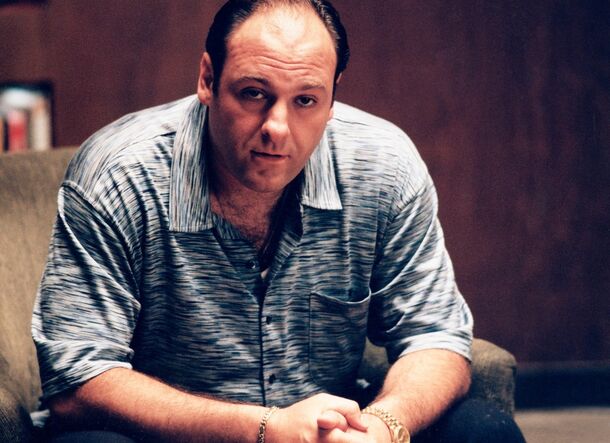
HBO risked taking the project under its wing, but appointed as showrunner not the newcomer Knauf, but experienced Ronald D. Moore, a screenwriter for shows based on the Star Trek universe. HBO allocated a huge budget of $4 million per episode – an episode of the network's main hit The Sopranos cost $2 million.
All of the show's props were either real or meticulously recreated. In addition, the actors constantly listened to real radio broadcasts of the time to get used to the roles and learn the correct pronunciation. HBO was preparing an ambitious project that would completely blur the line between cinema and television. And that project was Carnivàle.
In September 2003, Carnivàle premiered and immediately set a network viewership record.
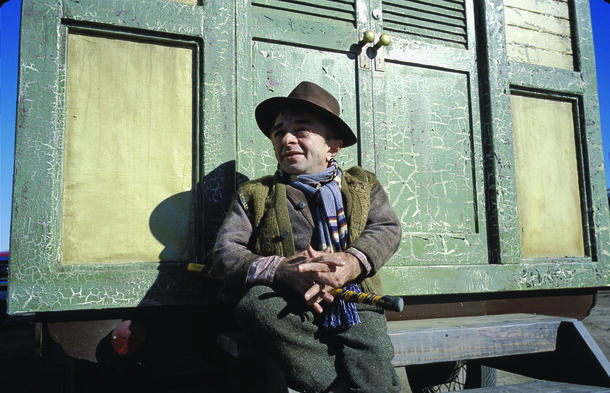
What is Carnivàle About?
A circus travels across America during the Great Depression. Ben Hawkins, a young man with a gift for healing people, joins the circus performers. It soon becomes clear that fate is preparing him for a great confrontation with the demonic priest Justin Crowe, who also possesses supernatural powers.
Carnivàle Was a Brilliant Drama with (Too) Intricate Plot
By 2003, HBO had already built a reputation for offering an alternative to traditional TV storytelling – major story arcs intersected with unconventional filler episodes, and viewers could be confused by sequences with dreams and visions of characters that looked like reality.
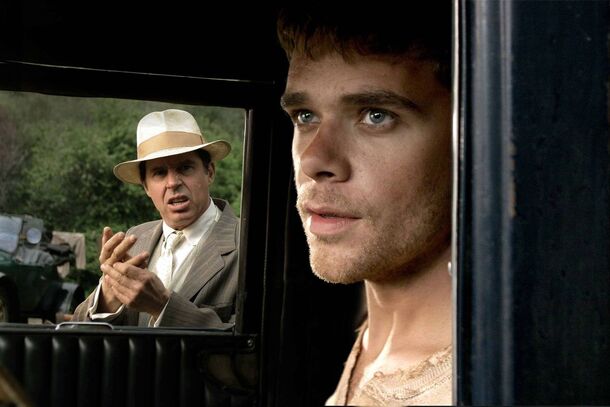
The creators of Carnivàle went even further – they built the narrative of the entire series on a multi-level structure: the story of Ben and Justin was a story about the inevitability of fate, with theology, philosophy, and Freemasonry woven into the serial mythology. The viewer had to not only watch the two plots gradually move toward the point of intersection, but also follow them closely and peer into the details.
It seems that too much was asked of an unprepared audience: to look for parallels between the characters, to read the historical context, to understand the metaphors and religious symbolism, and above all to doubt what they were being shown.
New major characters were thrown at the viewer, only to appear a second time after a few episodes. For an audience returning to the show once a week, it was easy to get lost in the plot twists.
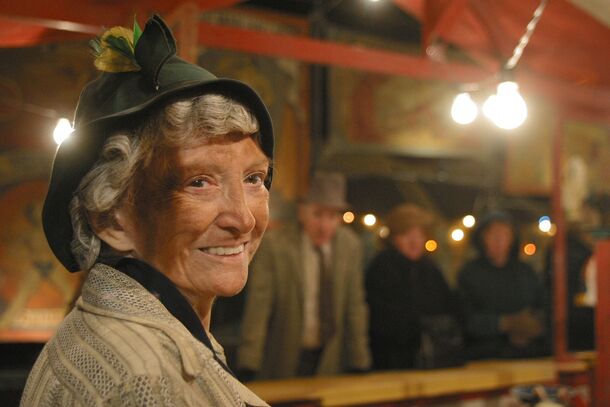
Carnivàle Was Canceled After Season 2 Because of Low Ratings
Viewers watched the first season with varying degrees of interest, but by the second season, viewership had dropped by half.
The show didn't get any worse, it just needed to be binge-watched: week-long breaks between episodes washed important story details out of viewers' minds, and the year-and-a-half hiatus between seasons killed interest in Carnivàle entirely. Ratings dropped, and one of HBO's most innovative projects was canceled after its second season.
The HBO Drama Started a New TV Trend
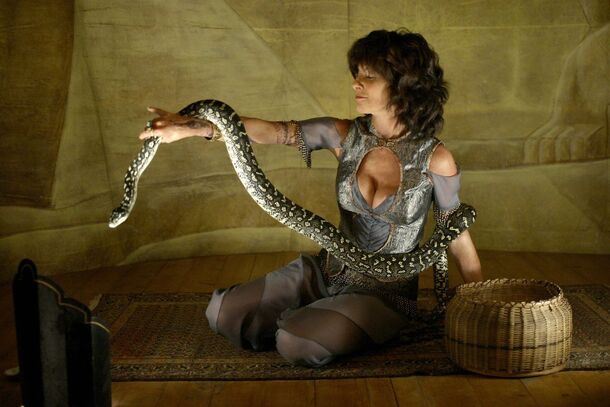
Carnivàle forever changed the way HBO made TV shows. It proved to network executives that their budgets were sufficient to recreate any historical era on the small screen. Thus was born another HBO trend – expensive historical series, the production of which is comparable to Hollywood cinema: after the first season of Carnivàle, HBO launched Rome and Deadwood, and later appeared The Pacific and Boardwalk Empire.
These were the most expensive shows of their time – an episode of Rome cost a groundbreaking $9 million, and the pilot of Boardwalk Empire, directed by Martin Scorsese, cost the network a total of $18 million.
Carnivàle is Still Worth-Watching, Especially If You Liked Lost
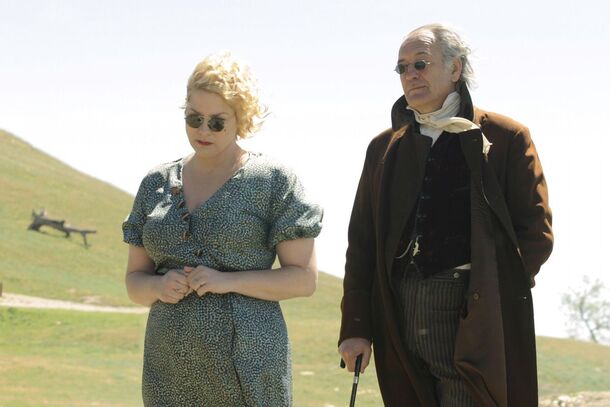
A meticulously recreated setting, a well-thought-out mythology and a complex plot – these three forces made Carnivàle one of the most influential series of the 2000s and perhaps even the 21st century, without which HBO and television in general would have been completely different.
The following year's Lost seemed to take Carnivàle’s place, appropriating all of its virtues: it did the same thing, but was more accessible and dynamic, so it resonated with the mass audience.
And Carnivàle has been undeservedly lost in the history of television and is still to be found in the lists of best series that were canceled too soon.
